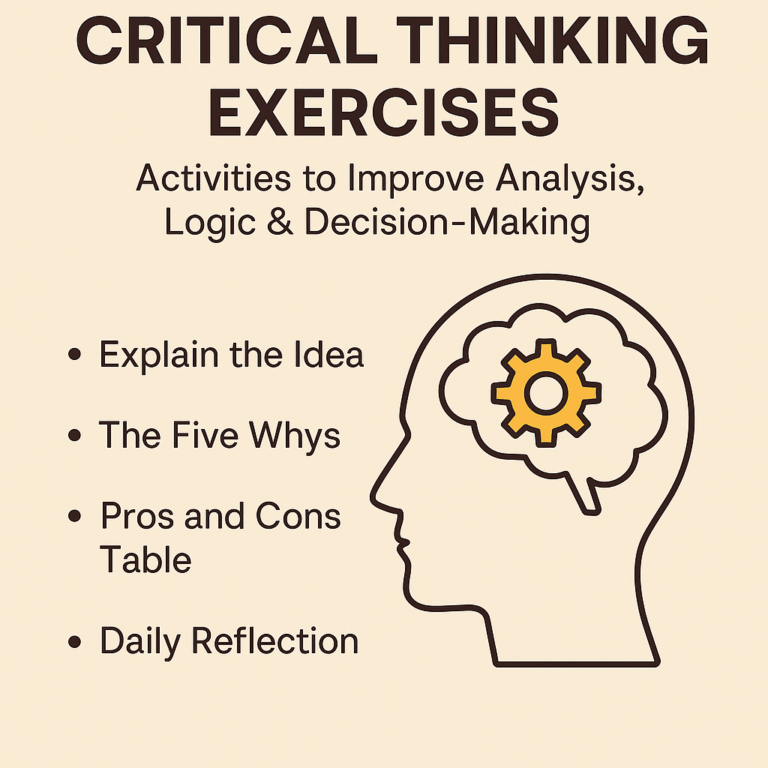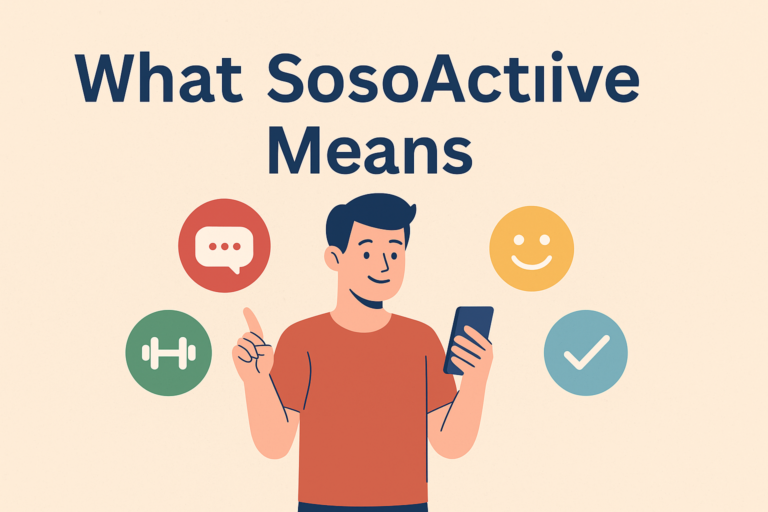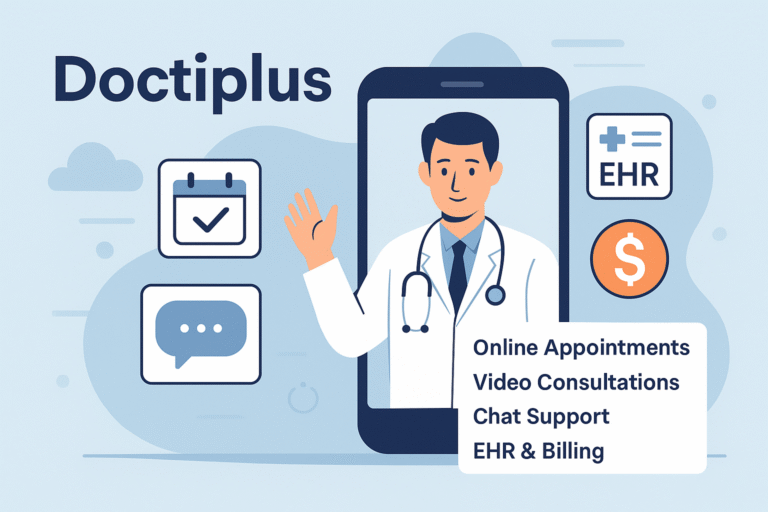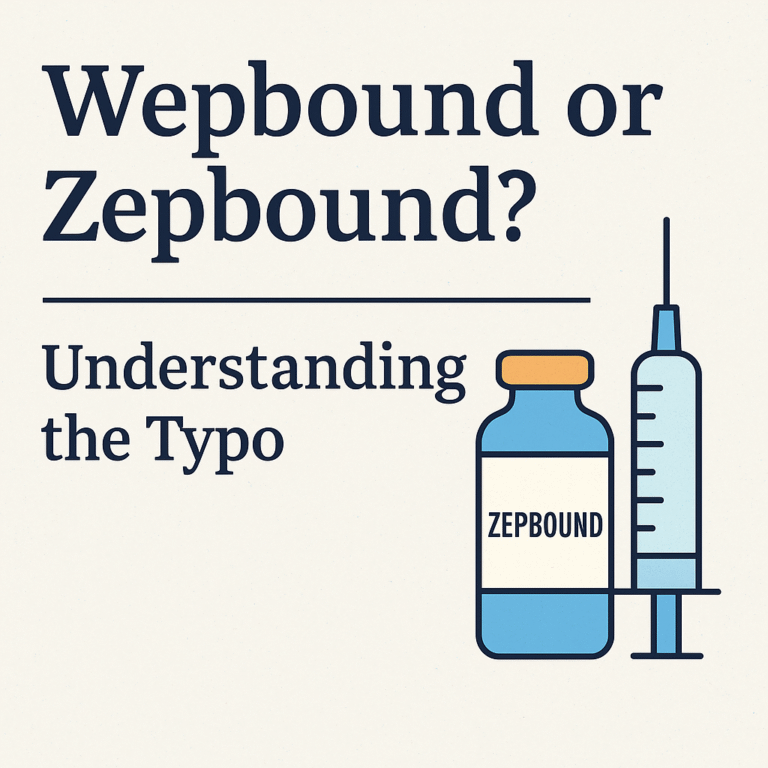Recovering from addiction is not just about finishing a program; it’s about rebuilding a life that encourages lasting health, happiness, and resilience. For many people, entering substance abuse treatment programs is the first crucial step toward change. But what follows after treatment? What does recovery truly look like once someone leaves a rehab center?
Recovery is a lifelong journey that needs ongoing commitment, support, and self-awareness. It involves creating new habits, fostering healthy relationships, and learning to deal with life’s challenges without relying on drugs or alcohol. This article looks at what life after treatment involves, the different care models like personalized treatment programs, residential treatment programs, and telehealth programs, and how individuals with substance use disorders can thrive in long-term recovery.
Understanding Recovery Beyond Treatment
Many people picture recovery as a clear path—entering treatment, completing the program, and leaving “cured.” In reality, recovery is a gradual and ongoing journey. Treatment lays the groundwork, but true recovery requires continuous effort after leaving a rehab center or traditional facility.
Aftercare means applying the tools learned in treatment—whether it’s managing triggers, keeping healthy routines, or attending therapy sessions. For some, this includes moving into sober living environments or continuing therapy through outpatient or telehealth programs.
The good news is that individuals who stay engaged in aftercare and supportive communities significantly improve their chances of long-term sobriety.
The Role of Substance Abuse Treatment Programs
Before discussing life after treatment, it’s important to understand what substance abuse treatment programs are designed to do. These programs aim to address the physical, psychological, and social aspects of addiction. Most effective programs provide:
– Medical detox for safe withdrawal management
– Therapy and counseling (individual, group, and family-based)
– Relapse prevention training
– Skills for managing stress and triggers
– Long-term planning and aftercare support
Whether someone enters a standard rehab, a luxury rehab center, or participates in telehealth programs, the main goal is to help them build a strong foundation for recovery.
Life After Treatment: What to Expect
1. Transitioning Back Into Daily Life
The shift from a residential treatment program to everyday life can feel overwhelming. In treatment, individuals have constant support and structure. Afterward, they must deal with real-world stressors like work, school, finances, and relationships—without substances.
This phase often includes challenges such as:
– Facing old triggers like social settings or places where substances are present
– Rebuilding strained family or friendship connections
– Managing responsibilities that may have been ignored during active addiction
The key is to take it one step at a time and lean on support systems, whether through therapy, recovery groups, or ongoing contact with a treatment team.
2. Developing New Coping Strategies
Recovery isn’t just about avoiding substances; it’s about finding new ways to cope with stress, anxiety, or negative emotions. Skills learned in treatment, such as mindfulness, emotional regulation, and problem-solving, become crucial tools for maintaining sobriety.
Some individuals may continue Cognitive-Behavioral Therapy (CBT) or Dialectical Behavior Therapy (DBT) to strengthen these skills in real life.
3. Building Healthy Routines
Substance use often disrupts daily life, leading to chaos and instability. Recovery involves creating new routines that promote stability and well-being, such as:
– Regular sleep schedules
– Healthy eating habits
– Consistent exercise routines
– Meaningful hobbies and activities
– Structured work or school schedules
These routines provide a sense of purpose and lower the chances of relapse.
4. Rebuilding Relationships
Addiction often harms trust and strains family and friendships. Recovery offers the chance to heal these connections. Many personalized treatment programs include family therapy to support loved ones in healing together.
Rebuilding relationships takes patience, open communication, and consistency. For some, forming new friendships within sober communities or peer support groups is also essential.
5. Managing Triggers and Preventing Relapse
Triggers—people, places, or emotions linked to past substance use—are a regular part of recovery. Learning how to handle them is crucial.
Common strategies include:
– Avoiding high-risk situations (like parties where drugs or alcohol are present)
– Using grounding techniques when cravings arise
– Having an accountability partner or sponsor to contact during tough times
– Staying involved in ongoing therapy or group programs
Types of Programs That Support Long-Term Recovery
-
Personalized Treatment Programs
Everyone’s journey is different, which is why personalized treatment programs can be very effective. These programs customize therapies to meet specific needs, including co-occurring mental health disorders, trauma history, or family dynamics. Personalized care ensures that individuals receive support best suited to their recovery goals.
2. Residential Treatment Programs
Residential treatment programs offer a structured environment where individuals live on-site while receiving therapy and support. They are ideal for those with severe substance use disorders or those who need distance from daily triggers. This immersive care helps clients focus fully on their healing before moving back to independent living.
3. Luxury Rehab Center Options
A luxury rehab center provides a calm, high-quality environment with amenities like private rooms, spa services, and holistic therapies such as yoga and meditation. While luxury facilities aren’t necessary for everyone, their comfortable setting can lower stress and make the recovery experience more appealing for some.
4. Telehealth Programs
For individuals unable to attend in-person sessions due to distance, work, or personal commitments, telehealth programs offer easy access to therapy and support groups through online platforms. These programs allow people to stay connected to professional care without interrupting their daily routines.
5. Dual Diagnosis Treatment
Addiction often coexists with mental health disorders like anxiety, depression, or PTSD. Dual diagnosis treatment addresses both conditions at once, making sure that individuals don’t just stop using substances but also work through the underlying issues driving their addiction.
The Importance of Aftercare
Completing a treatment program is just the beginning. Aftercare is what keeps recovery going over the long term. This may include:
– Outpatient therapy to continue counseling
– Support groups like NA, AA, or SMART Recovery
– Sober living homes for a structured environment during transition
– Telehealth check-ins for ongoing professional guidance
– Relapse prevention planning with coping tools and accountability measures
Studies show that individuals who stay active in aftercare for at least one year are far more likely to maintain sobriety compared to those who don’t.
Success Stories: What Recovery Really Looks Like
Recovery varies for everyone, but common themes include:
– Rebuilding a sense of self-worth and identity
– Restoring family relationships and creating stronger bonds
– Discovering new hobbies and passions that replace substance use
– Advancing in careers, education, or personal goals
– Gaining freedom from the cycle of cravings, relapse, and guilt
The reality is that recovery isn’t about perfection; it’s about progress. Some people may stumble along the way, but with the right treatment, support systems, and commitment, lasting recovery is definitely possible.
Final Thoughts
Life after substance abuse treatment programs can feel uncertain at first, but it’s also full of opportunities. With the right mix of personalized treatment programs, residential treatment programs, and modern approaches like telehealth programs, individuals can create a strong foundation for long-term healing.
Recovery means learning new ways to live, forming meaningful relationships, and finding joy in a life free from substances. Whether it includes dual diagnosis treatment for co-occurring disorders or aftercare planning in a luxury rehab center, the journey is about more than just staying sober—it’s about thriving.
For anyone who has completed treatment, remember this: recovery doesn’t end when you leave rehab. It begins. With the right support and commitment, life after treatment can be fulfilling, empowering, and full of hope.






